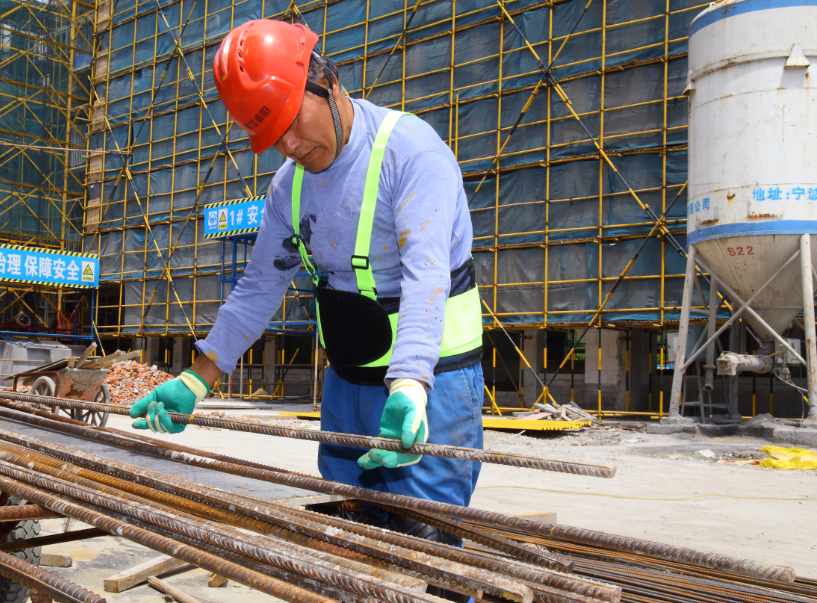No products in the cart.
News
Wholesale Back Support Belt for Heavy Lifting Work
Choosing a work back support belt requires consideration of several factors to ensure it meets your needs effectively:
Support Level: Determine the level of support you need based on your job requirements and any existing back issues. Some belts offer light support for mild discomfort, while others provide firm support for more severe conditions.
Material: Look for a belt made from breathable and durable materials like neoprene or nylon. These materials provide support while allowing airflow to keep you comfortable during long work hours.
Adjustability: Opt for a belt with adjustable straps or closures to ensure a customized fit. This allows you to adjust the compression level and accommodate fluctuations in body size.
Design: Consider the design features such as width, flexibility, and whether it includes additional lumbar pads or stays for extra support. A wider belt with reinforced support panels may be preferable for heavy lifting tasks.
Comfort: Choose a belt with padded or cushioned inserts to enhance comfort, especially if you’ll be wearing it for extended periods. Look for smooth edges to prevent chafing or irritation against your skin.
Durability: Select a belt with sturdy construction and reinforced stitching to withstand the rigors of daily use. Check for warranty information to ensure you’re investing in a quality product.
Fit: Take accurate measurements of your waist size to ensure the belt fits properly. Refer to the manufacturer’s sizing guide and adjustability features to find the right fit for your body shape.
Safety: Ensure the belt does not restrict your movement or impede proper bending and lifting techniques. It should provide support without compromising your ability to perform work tasks safely.
Reviews: Read reviews from other users to gain insight into the belt’s effectiveness, comfort, and durability. Look for feedback from individuals with similar job requirements or back conditions.
By considering these factors and choosing a high-quality work back support belt that meets your specific needs, you can reduce the risk of back injuries and work comfortably and safely.

Using and wearing a lower back brace properly is essential to ensure it provides the support and relief you need. Here’s a step-by-step guide:
- Choose the Right Size: Select a brace that fits snugly around your lower back without being too tight or too loose. Refer to the manufacturer’s sizing guide to determine the correct size based on your waist measurement.
- Position the Brace: Stand upright and place the lower back brace around your waist, positioning it over the lower part of your back where you need support. The brace should cover the area between your ribs and hips.
- Adjust the Straps: If the brace has adjustable straps or closures, secure them to achieve a comfortable but firm fit. Adjust the tension to provide adequate support without restricting your movement or causing discomfort.
- Engage Your Core: Before securing the brace, engage your core muscles by gently drawing your belly button towards your spine. This helps stabilize your lower back and provides additional support when wearing the brace.
- Secure the Brace: Fasten the straps or closures of the brace according to the manufacturer’s instructions. Make sure the brace feels snug but not overly tight. You should be able to breathe comfortably while wearing it.
- Check for Comfort: Take a few moments to assess the comfort of the brace. Ensure that it doesn’t dig into your skin or cause any rubbing or irritation. If necessary, adjust the fit or padding to improve comfort.
- Maintain Proper Posture: While wearing the brace, focus on maintaining good posture, especially when performing activities that involve bending, lifting, or sitting for extended periods. The brace should remind you to keep your back straight and avoid slouching.
- Limit Wear Time: Gradually increase the amount of time you wear the brace each day, especially if you’re using it for rehabilitation or injury recovery. Start with shorter periods and gradually extend the duration as your muscles adapt and strengthen.
- Follow Recommendations: Follow any specific instructions provided by your healthcare provider or physical therapist regarding the use of the brace. They may recommend wearing it during certain activities or for specific durations to optimize its effectiveness.
- Monitor Your Symptoms: Pay attention to how your back feels while wearing the brace. If you experience increased pain, discomfort, or any other unusual symptoms, remove the brace and consult with a healthcare professional.
By following these steps and wearing your lower back brace properly, you can effectively support your lower back, alleviate discomfort, and promote better posture and movement.

